About this place
The Donnelly River flows through national parks and state forests for most of its 151km length before reaching the Southern Ocean 11km from Donnelly Boat Landing.
It is a haven for freshwater fish species including the western minnow, western pygmy perch, black bream and trout. It also supports a huge diversity of mammals, birds and invertebrates that live in the water and along the banks.
This is a picturesque waterway that is perfect for canoeing, kayaking or motor boating. There is a boat ramp at Donnelly Boat Landing which makes launching your boat easy. Paddle or motor your way downstream as the river winds through the jarrah forest before widening out as it reaches the coastal plain.
Close to the mouth, you’ll pass high limestone cliffs before reaching the sandbar. The Donnelly River mouth is seasonally closed and the water currents and depths can vary greatly.
This is a great spot to go fishing or simply relax on the beach and soak up the rugged scenery.
Safety information
Plan when to visit. Consider travelling with a personal location beacon (PLB). In the event you need to be rescued it could save your life!
Western Shield - The Department of Biodiversity, Conservation and Attractions undertakes 1080 baiting at this location to reduce the impacts of feral cats and foxes on native wildlife.
Meat baits containing 1080 poison are laid in or around this area on an ongoing basis. 1080 is poisonous to humans and will kill domestic cats and dogs. Pets are not permitted in this park.
For further information contact your local Parks and Wildlife Service office or visit Western Shield.
Gallery

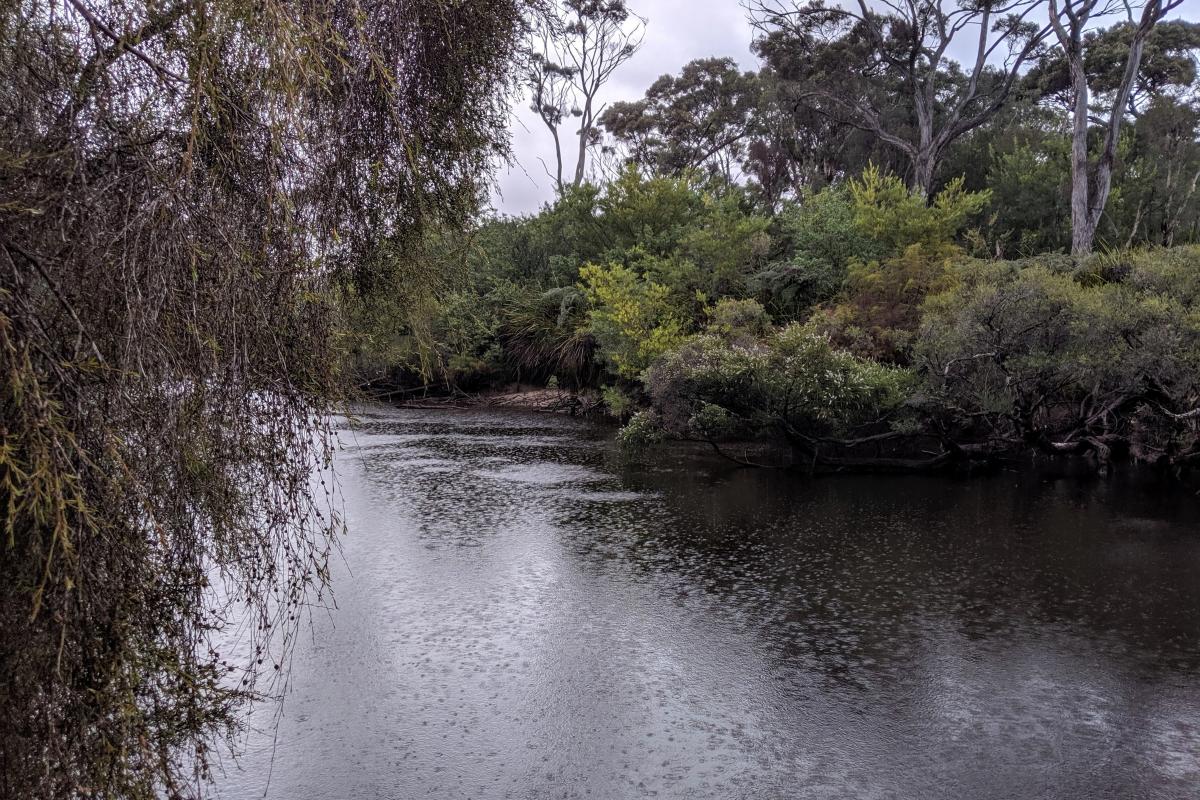
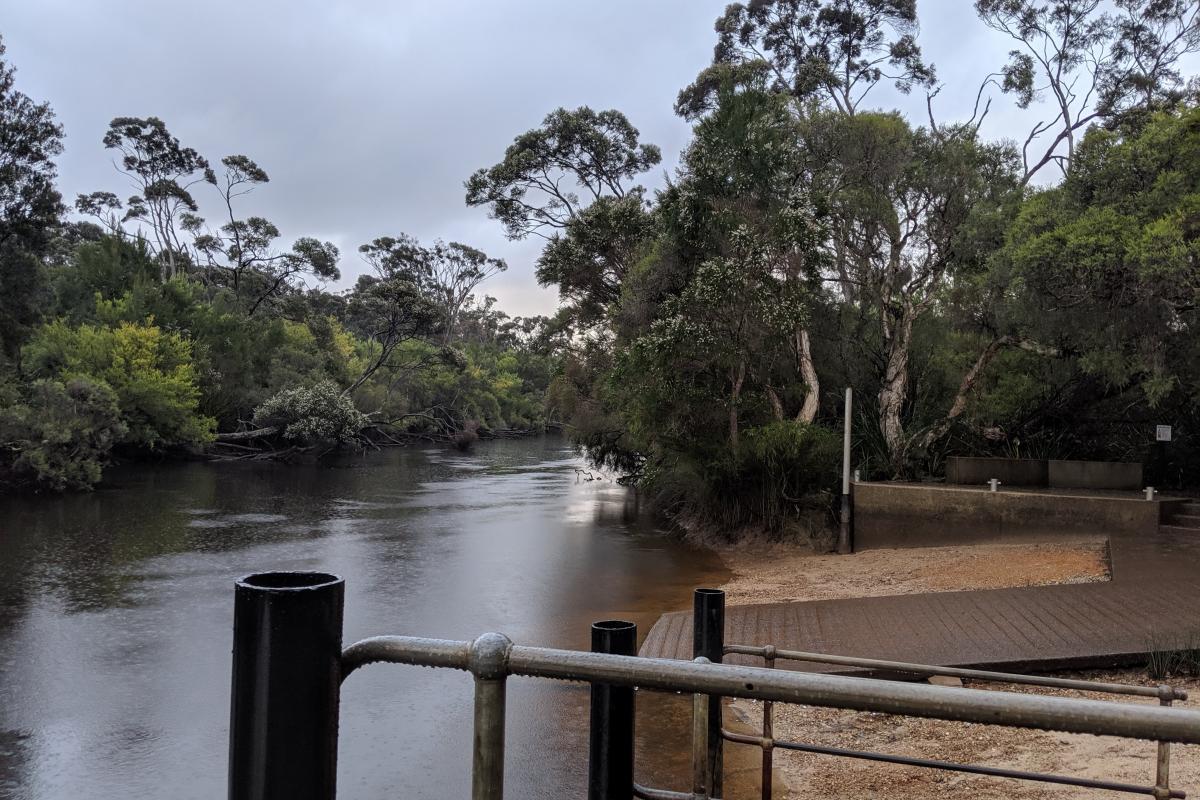
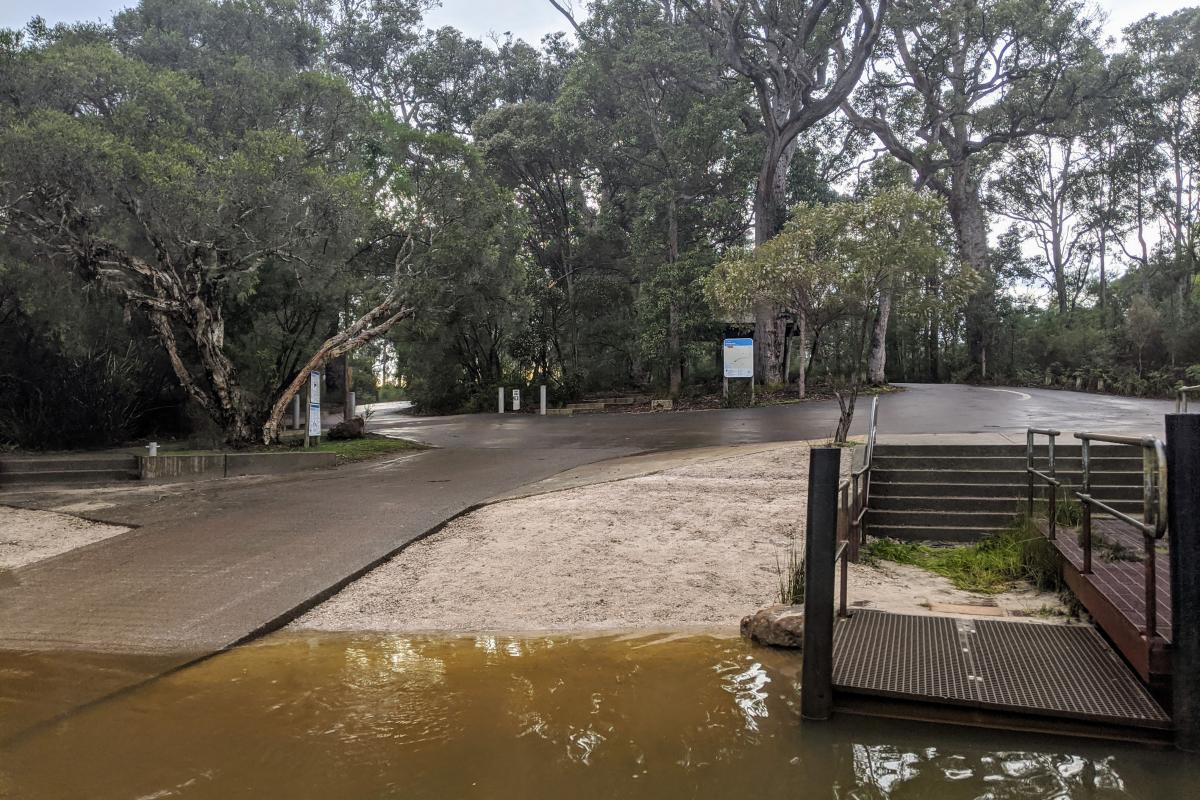
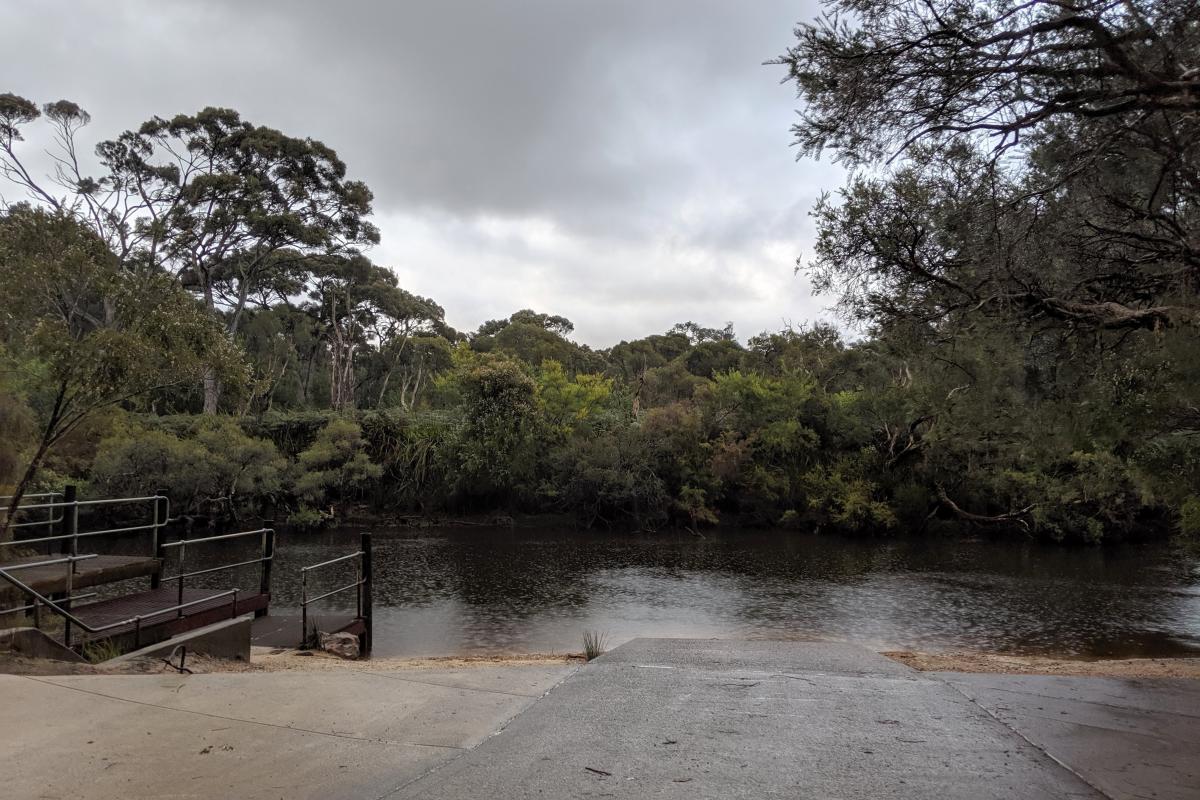
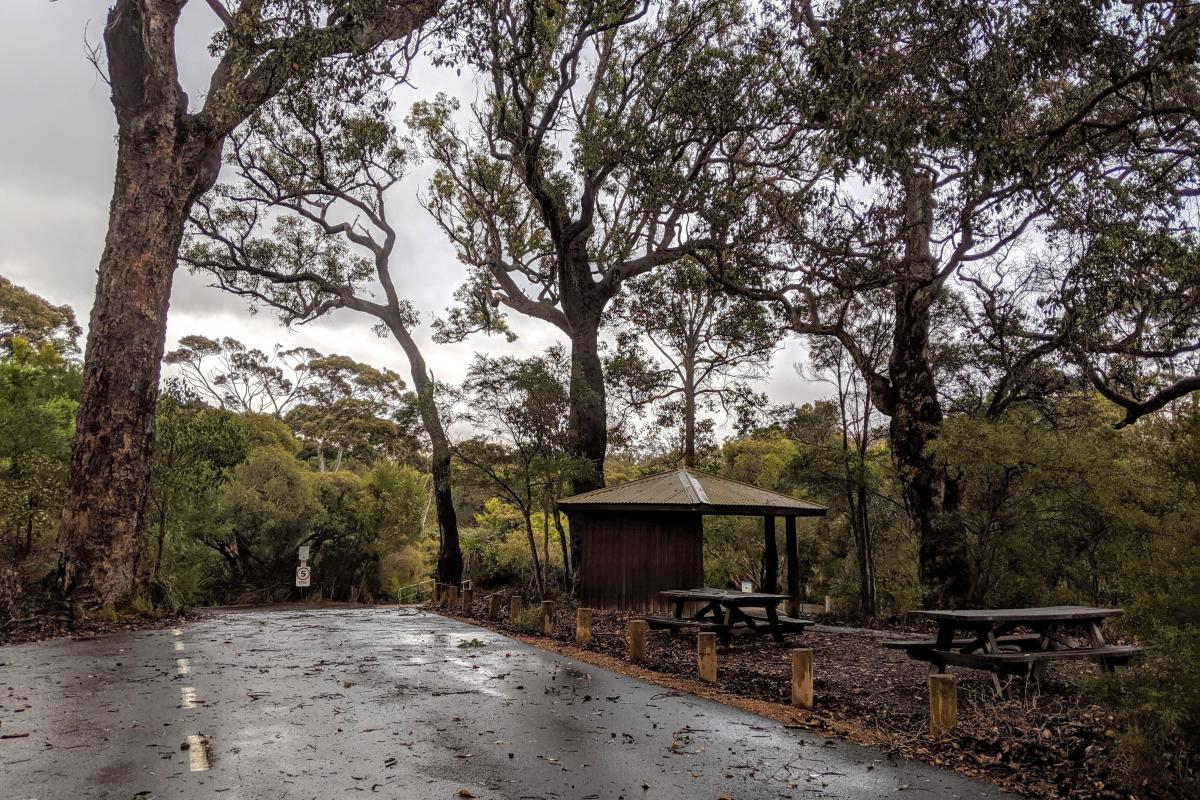
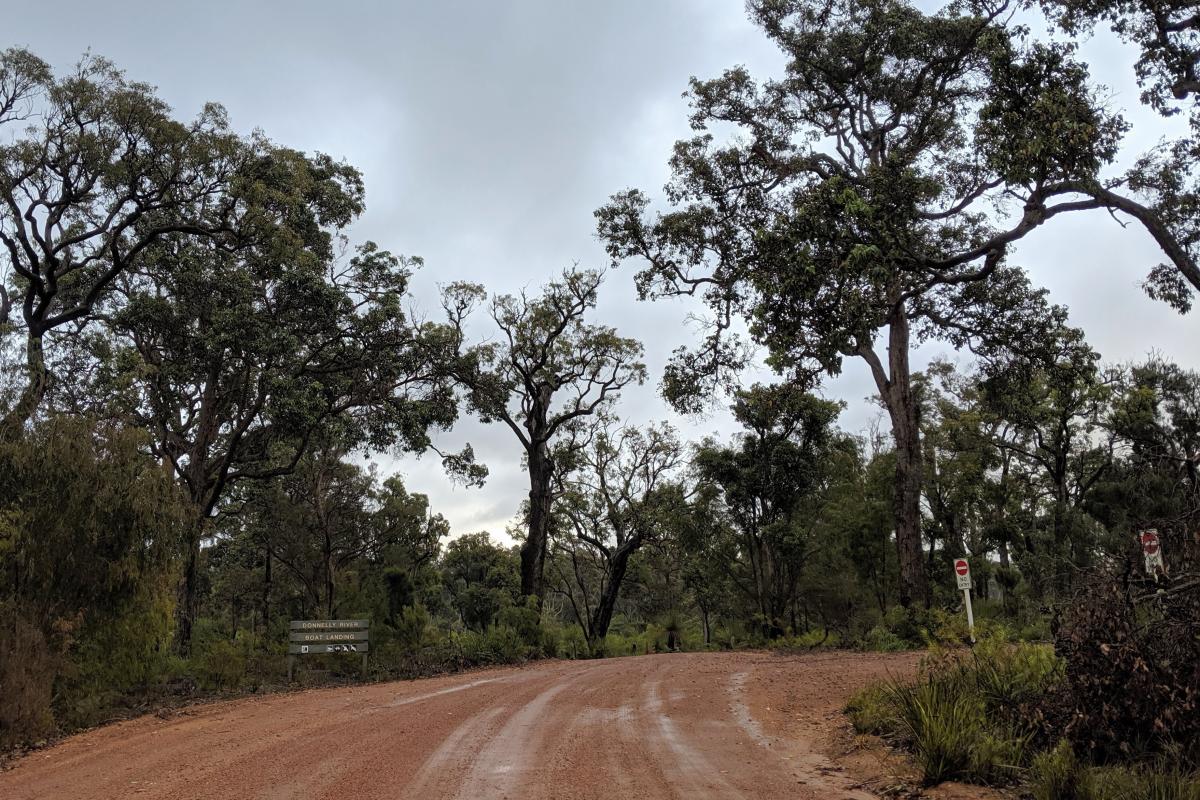
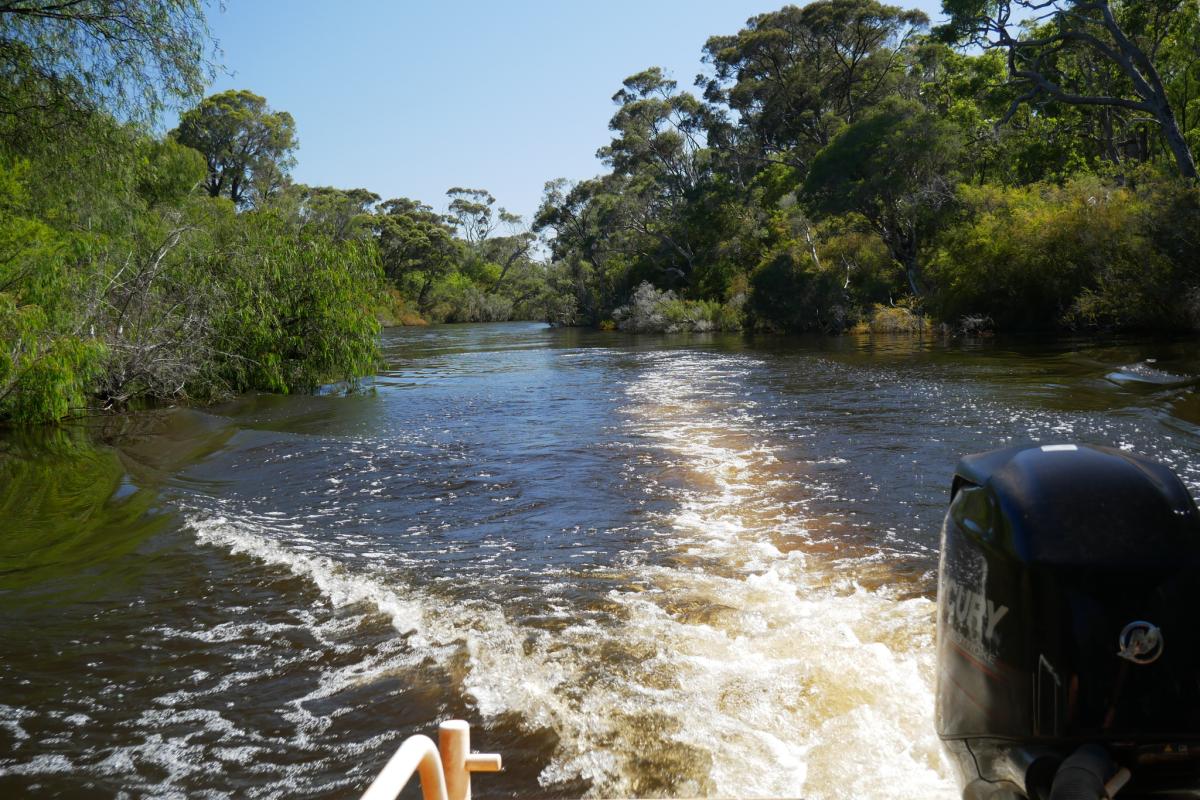
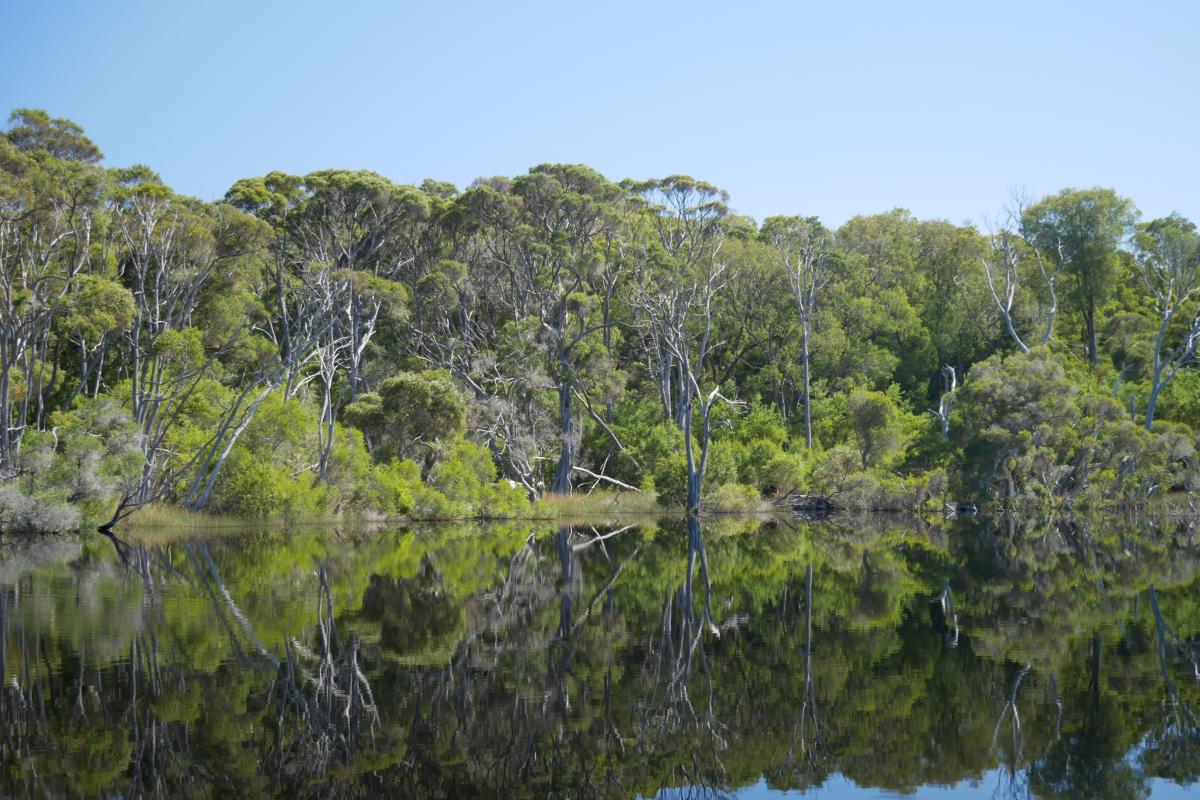
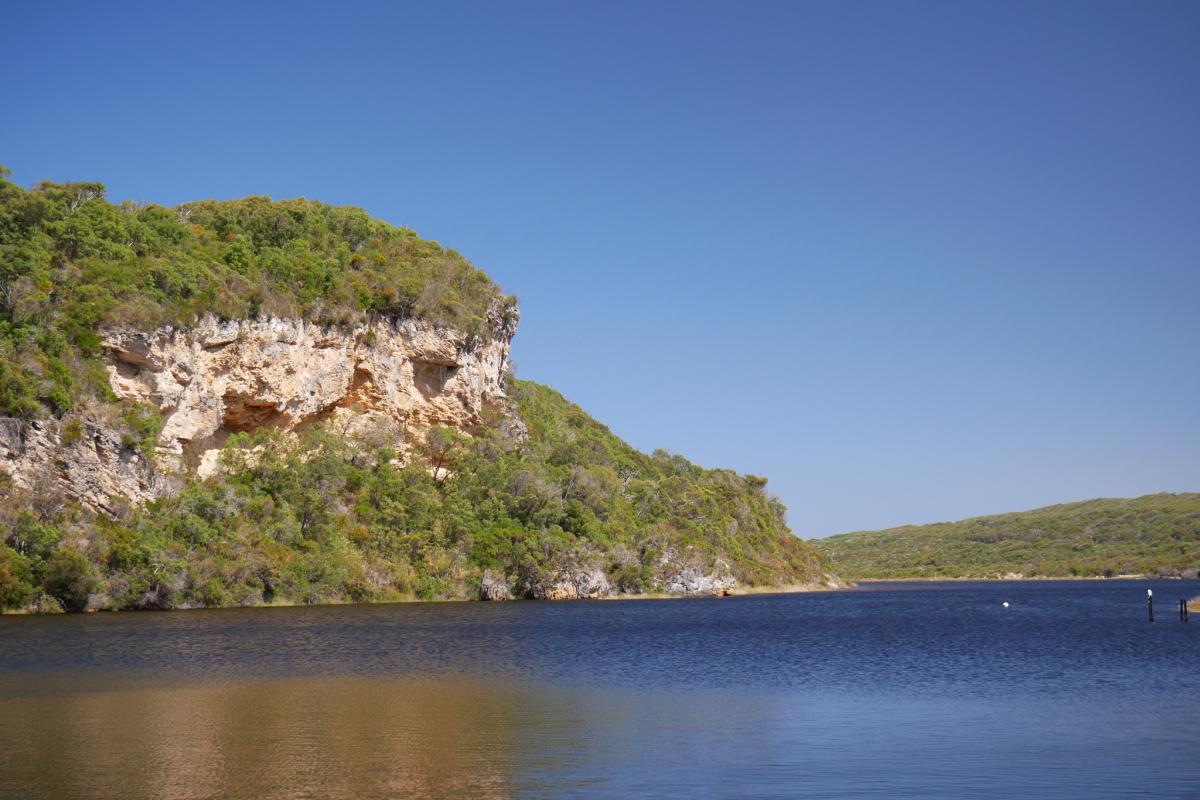
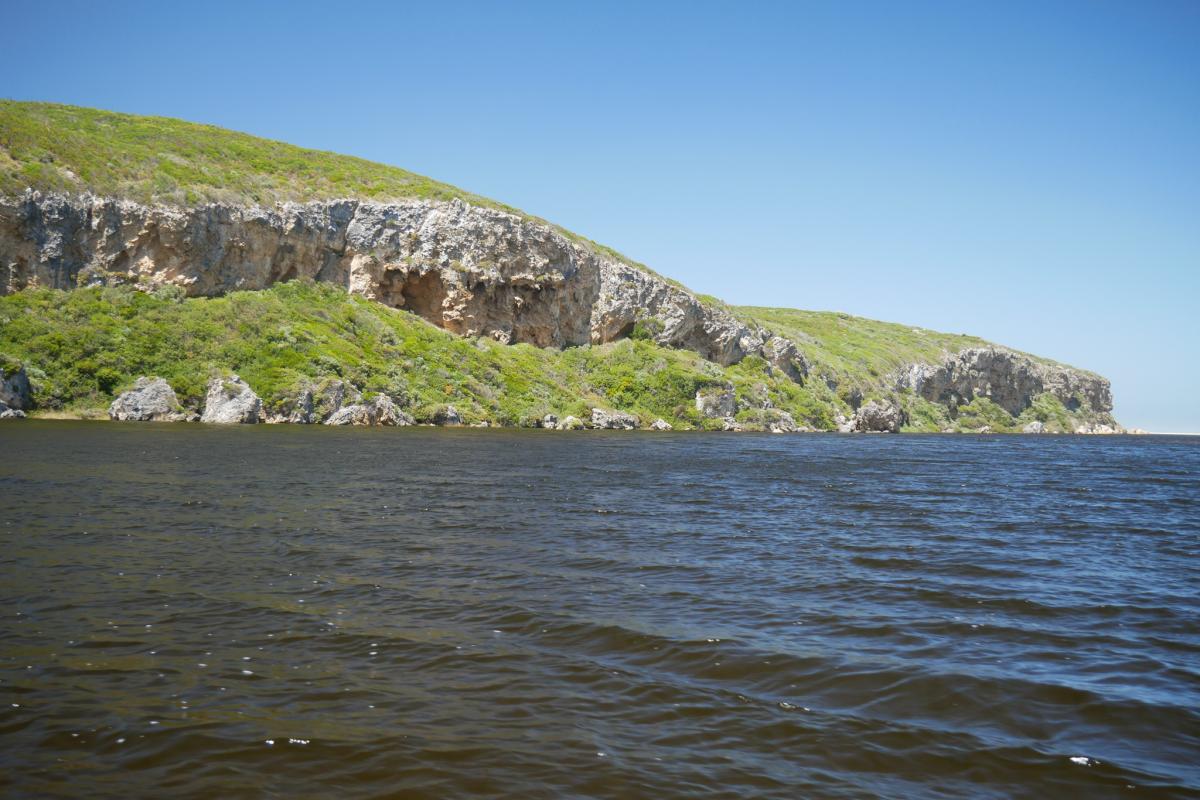
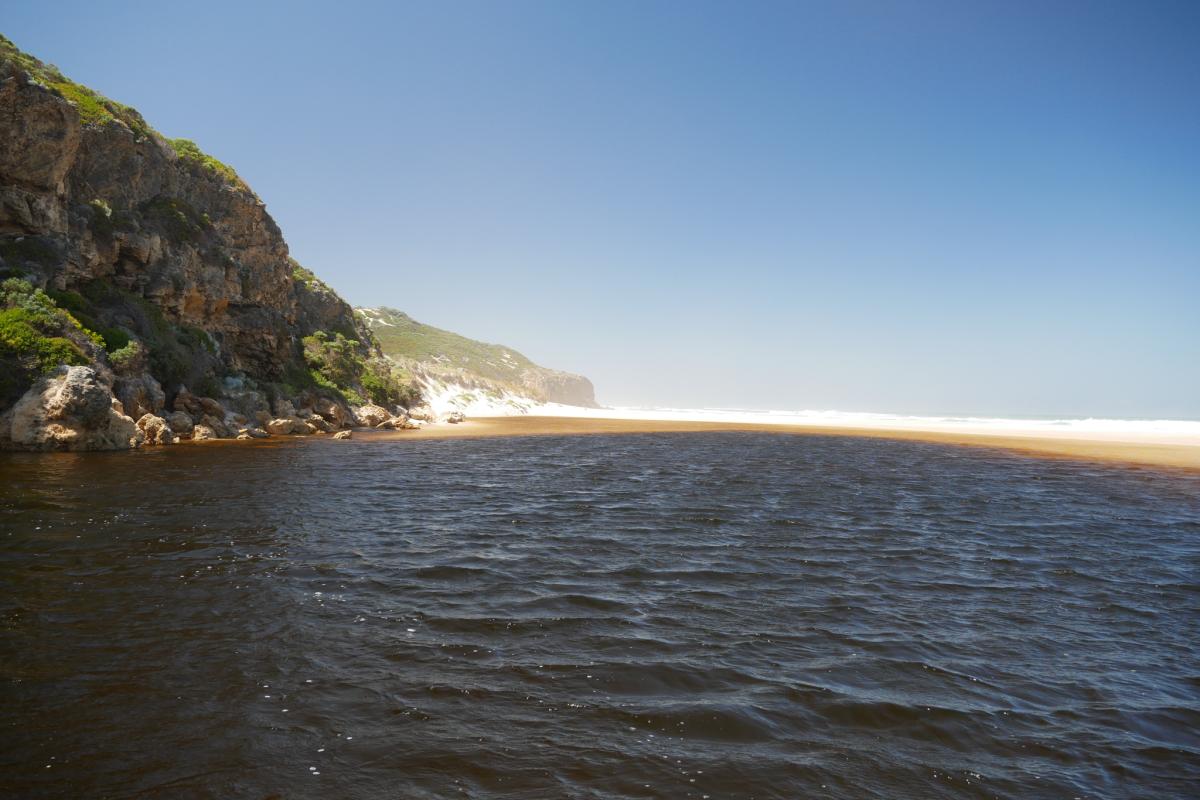
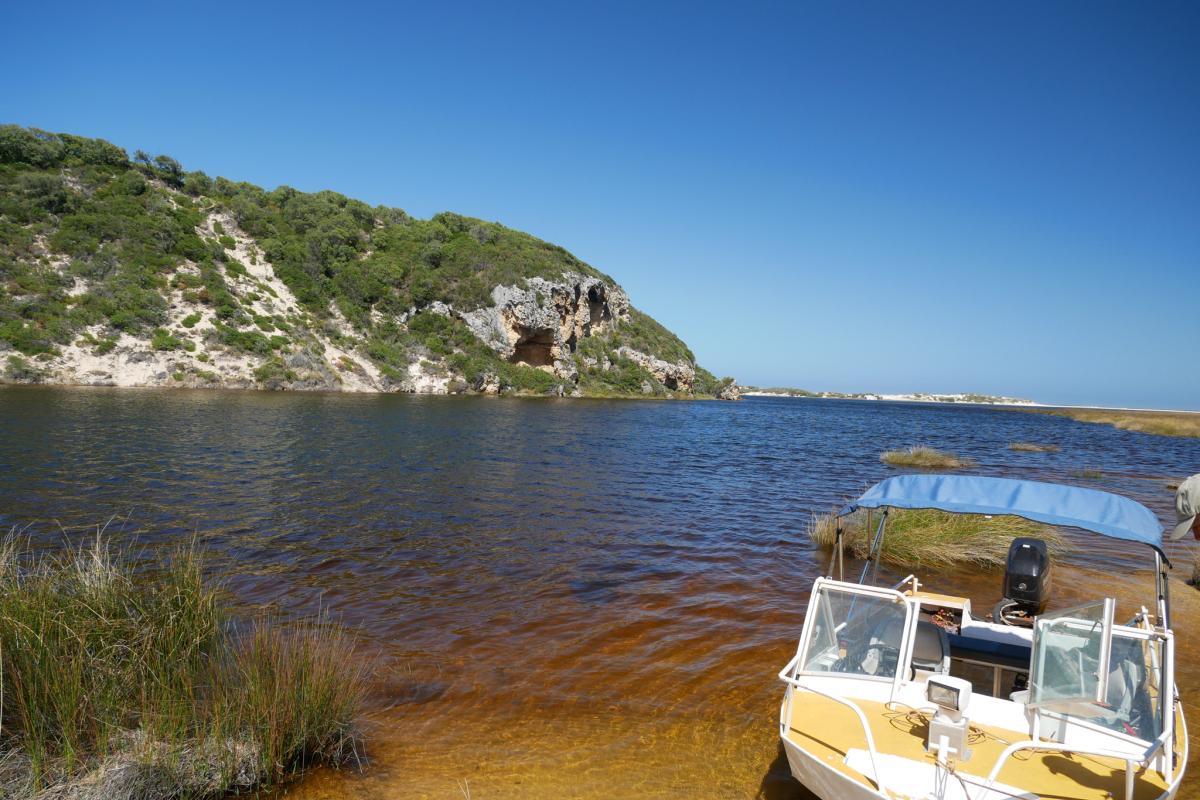
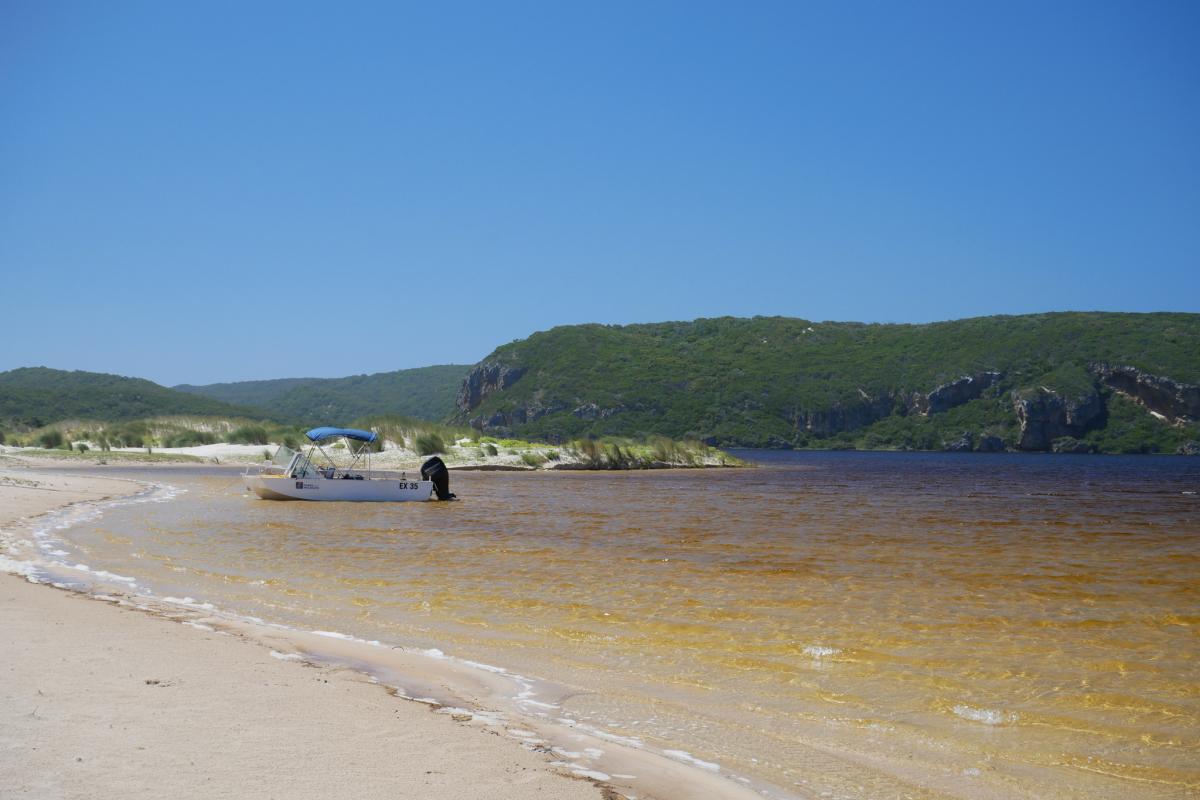

Facilities
Toilet
Boat ramp
Activities
 Boating
Boating
 Bushwalking
Bushwalking
 Canoeing and kayaking
Canoeing and kayaking
 Fishing
Fishing
Anglers might want to try their hand at catching one of the trout which inhabit the Donnelly River.
Plants, wildlife and fungi
Visit the Atlas of Living Australia for a list of species recorded within a 5km radius of Donnelly Boat Landing.
Traditional Owners
We recognise and acknowledge Minang and Bibbulman people as the traditional owners of D'Entrecasteaux National Park.
There is evidence that Noongar people have lived in South-West Australia for over 47,000 years. The oldest archeological evidence at D’Entrecasteaux is dated at 6000 years, although this does not mean it wasn’t occupied early than this. Erosion of sand dunes within the park has revealed numerous stone artifacts, fish traps, quarry sites, mythological and burial sites. The majority of these are located around the Lake Jasper/ Meerup Dunes area, an area of particular archeological and cultural significance to the Noongar people. Artifacts have been found 10 metres below Lake Jasper’s current water levels, indicating a number of major campsites existed here when the lake was a prehistoric forest.
Wandjoo ngaalang kwoba/moorditj boodjar,
Nyoondool djinang ngaalang kwobidak Wardan, balyoongar, bilya, worl wer djinda kada werda ngaalang miya,
Ngaalang koort kalyakoorl nidja.
Welcome to our good/strong country,
You will see our beautiful sea, sand, rivers, sky, and stars across our place,
Our heart always here.